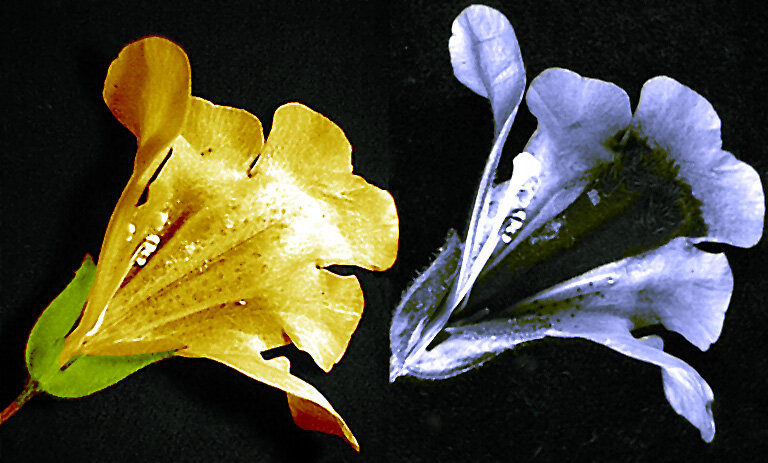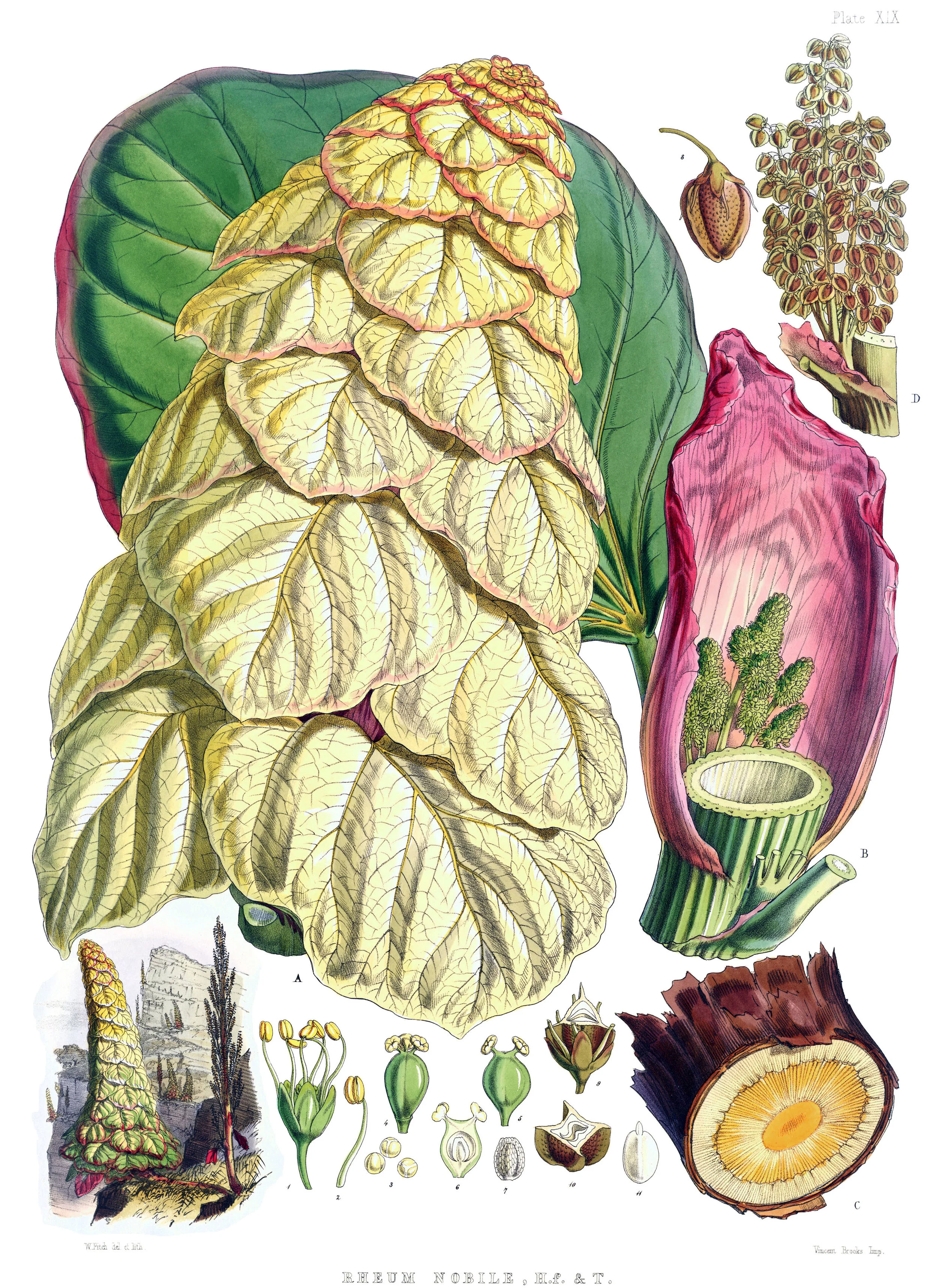Via Johnson and Brown [SOURCE]
When we think of bird pollination, we often conjure images of a hummingbird sipping nectar from a long, tubular, red flower. Certainly the selection pressures brought about from entering into a pollination syndrome with birds has led to convergence in floral morphology across a wide array of different plant genera. Still, just when we think we have the natural world figured out, something new is discovered that adds more complexity into the mix. Nowhere is this more apparent than the peculiar relationship between an orchid and a bird native to South Africa.
The orchid in question is known scientifically as Disa chrysostachya. It is a bit of a black sheep of the genus. Whereas most Disa orchids produce a few large, showy flowers, this species produces a spike that is densely packed with minute flowers. They range from orange to red and, like most other bird pollinated flowers, produce no scent.
Take the time to observe them in the field and you may notice that the malachite sunbird is a frequent visitor. The sunbirds perch themselves firmly on the spike and probe the shallow nectar spurs on each flower. At this point you may be thinking that the pollen sacs, or pollinia, of the orchid are affixed to the beak of the bird but, alas, you would be wrong.
Closer inspection of the flowers reveal that the morphology and positioning of the pollinia are such that they simply cannot attach to the beak of the bird. The same goes for any potential insect visitors. The plant seems to have assured that only something quite specific can pick up the pollen. To see what is really going on, you would have to take a look at the sunbird's feet.
That's right, feet. When a sunbird feeds at the flowers of D. chrysostachya, its feet position themselves onto the stiffened lower portion of the flower. This is the perfect spot to come into contact with the sticky pollinia. As the bird feeds, they pick up the pollinia on their claws! The next time the bird lands to feed, it will inevitably deposit that pollen. The orchids seemed to have benefited from the fact that once perched, sunbirds don't often reposition themselves on the flower spike. In this way, self pollination is minimized. A close relative, D. satyriopsis, has also appeared to enter into a pollination with sunbirds in a similar way.
Though it may seem inefficient, research has shown that this pollination mechanism is quite successful for the orchid.The pollinia themselves stick quite strongly so that no amount of scuffing on branches or preening with beaks can dislodge them. Once pollination has been achieved, each flower is capable of producing thousands upon thousands of seeds.
Photo Credit: Johnson and Brown
Further Reading: [1]
![Via Johnson and Brown [SOURCE]](https://images.squarespace-cdn.com/content/v1/544591e6e4b0135285aeb5b6/1485383275240-GZ18492L1GMPLNVFMBLU/image-asset.jpeg)
















![[SOURCE]](https://images.squarespace-cdn.com/content/v1/544591e6e4b0135285aeb5b6/1542743921199-1RXQQYMY65FQF31CBRTH/en_2163.jpg)




